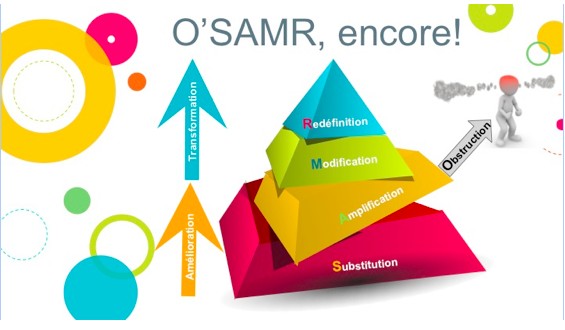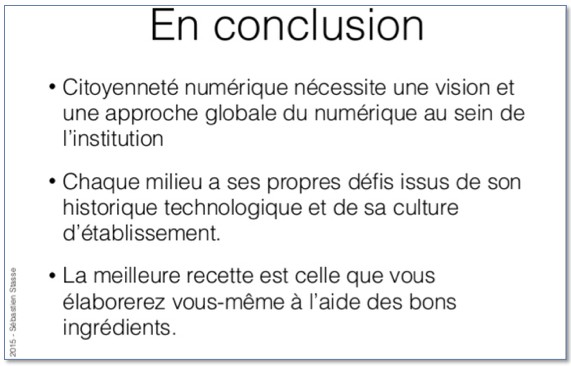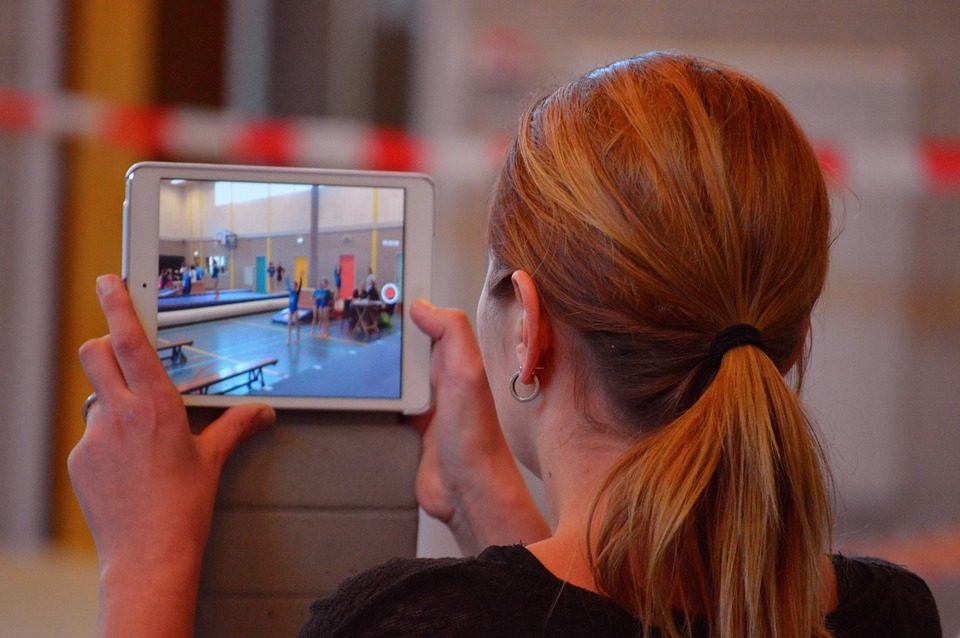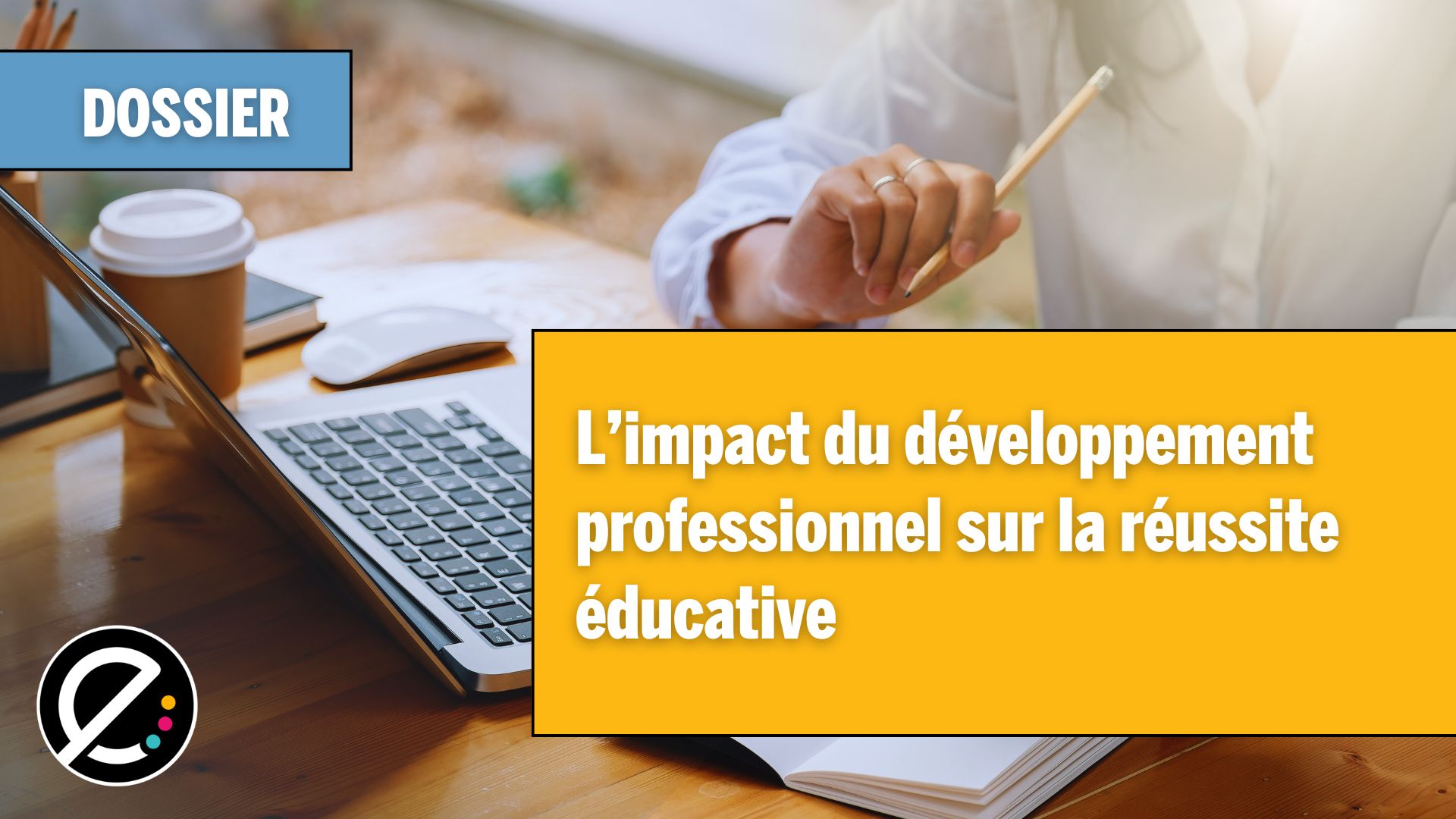Les 5 et 6 mai 2016 se tenait le Sommet de l’iPad et du numérique en éducation à Montréal. Depuis sa première édition, regroupant quelques centaines de représentants du milieu scolaire dans une salle pour une journée, cet événement international ainsi que les ateliers et conférences qui y sont offerts ont bien évolué.
En effet, si les quelques 1200 participants de cette année (incluant ceux du Colloque international en éducation, qui se tient en même temps), provenant d’une quarantaine de pays, démontrent fièrement leur ouverture face à l’utilisation des technologies en classe, les discours se font plus nuancés, les ateliers et conférences portent un message plus profond et insistant. Le changement vers une pédagogie numérique est nécessaire et urgent pour préparer nos élèves aux réalités d’aujourd’hui et de demain, et il doit tenir compte des principaux concernés, les élèves, tout en considérant l’impact des nouveaux outils pédagogiques sur la vie familiale et donc, sur les parents.
J’ai eu le plaisir d’échanger avec quelques participants qui vivent ce virage depuis quelques années. La plupart m’ont mentionné avoir constaté cette évolution dans leurs milieux respectifs et ceci se reflétait dans plusieurs conférences.
L’ avenir… De futurs conférenciers, qui sait? Élèves de l’école secondaire les Etchemins. #ipad16 #crifpe16 pic.twitter.com/Xogdl0o8eD
— Rachel Chavannes (@rachelchavannes) 6 mai 2016
Panel d’élèves de l’école secondaire Les Etchemins.
En effet, après le déballage de l’appareil, la formation offerte aux enseignants, l’embauche d’une ressource dans l’école, la mise en place d’une politique et de règles, que reste-t-il de l’élan de départ? Vers où allons-nous? Quelle est l’étape suivante? Comment maintenir l’élan du train du changement?
D’abord, il faut garder en tête que la substitution (premier stade du modèle SAMR) ou l’approche magistrale jumelée à un appareil numérique ne rentabilisent pas l’utilisation des outils. Pour aller plus loin, l’enseignant et toute l’équipe-école doivent maintenir le cap vers la redéfinition (dernière étape du modèle SAMR) pour sentir une réelle transformation dans les pratiques et les bienfaits de ces instruments « pédagogiques ». L’obstruction peut provenir d’un éducateur essoufflé, résistant, mal outillé, etc. Quoi qu’il arrive, l’équipe doit être solide et prête à épauler ses membres dans toutes circonstances.
 Extrait de Penser hors de la boite va au-delà d’en sortir l’outil numérique!,
Extrait de Penser hors de la boite va au-delà d’en sortir l’outil numérique!,
par Marie-Andrée Croteau
Il ne faut pas craindre de consulter les parents et les élèves pour s’assurer de répondre à leurs besoins et de recevoir leur appui et leur collaboration dans certains projets. La présence d’élèves au Sommet, comme l’a souligné son organisateur, est une tendance de plus en plus grande dans ce type de rassemblements et témoigne de l’importance qu’ils doivent avoir dans le processus. En effet, leur implication, ainsi que celle des parents, dans l’élaboration de projets, de règles, etc. nous rappelle que ceux-ci constituent notre source de données locales à considérer avant que les données externes ne gouvernent notre milieu.
 Extrait de La citoyenneté numérique pour éduquer à la présence numérique,
Extrait de La citoyenneté numérique pour éduquer à la présence numérique,
par Sébastien Stasse
Le contenu des ateliers de cette édition 2016 se voulait concret et varié : la collaboration, la cocréation, la créativité, l’engagement ne sont que quelques compétences qu’ils ont ciblées. De multiples façons d’intégrer la tablette ou le portable dans une classe repensée en fonction du monde d’aujourd’hui ont été suggérées par la centaine de conférenciers présents. On peut d’ailleurs consulter quelques-unes des présentations des conférenciers sur le site du Sommet ou à partir des liens publiés sur le fil Twitter via le mot-clic #ipad16.






